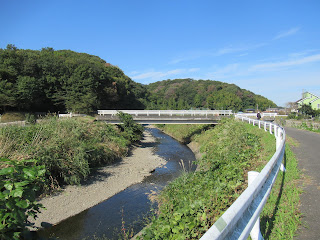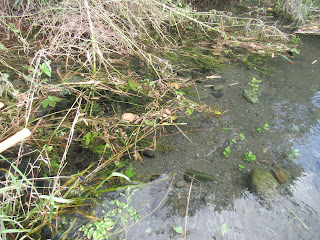That was our conversation around this time of the year. HOWEVER! With some sort of miracle, the 2022 autumn colors in Kanagawa is SPECTACULAR. We’re a bit taken aback. “Why?” “COP27 says the World is definitely warming …” “It means our maple trees are more in a disadvantaged.” “Yep, even so, Look!!!” Come to think of it, this year we have not had a strong typhoon landing on our prefecture. That would be why the yellows and reds in our forests are so vivid. And it’s still a beginning. Kanagawa’s autumn colors will be peaked around the end of November! Mmmmmmmmmmmmmmmmmmmmmmmmmmmmm …. Please come out and have a nice stroll in beautiful fall forests. Rain or shine, the atmosphere is so calming …
 |
| Lower Tanzawa |
 |
| I
think they are Conocephalum toyotae, but not sure. Does moss turn colors in autumn? |
If you find environmental issues in Kanagawa Prefecture, please make a contact with Kanagawa Natural Environment Conservation Center 神奈川県自然環境保全センター
657 Nanasawa, Atsugi City, 243-0121
〒243-0121 厚木市七沢657
Phone: 046-248-0323
You can send an enquiry to them by clicking the bottom line of their homepage at http://www.pref.kanagawa.jp/div/1644/








































